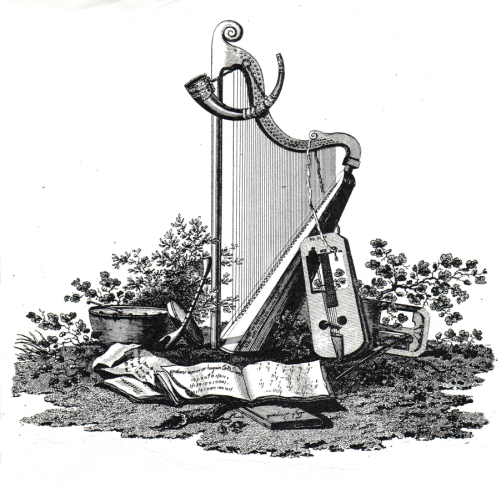|
|
Folkwales Online Magazine December 2011 |
Gwerincymru — o Gymru o’r byd |
|
What was, for 60 years, the Welsh Folk Dance Society has recently rebranded itself the Welsh National Folk Dance Society (website at www.dawnsio.com), the change being presumably intended to reinforce the notion that this society is wholly about the performance, collection and development of the dances perceived as belonging to the nation, and no-one can deny that there is room for such a body. In passing I might mention that there are stirrings within its directorship that suggest a separate body might evolve with a specific interest in Welsh step-dancing, but we’ll consider the implications of that one some other time.
Whilst the WNFDS aims are supported and propagated by its own newsletters and the excellent annual publication Dawns, Dancewales will aim to fill in the gaps. In line with the underlying goals of Folkwales in relating to all branches of the folk genus, we shall look not only at Welsh national dance culture but also at folk dance issues, dancers and events that happen in Wales, involve people from Wales or impinge on Wales in some way or other from near or from afar, be it social, ritual, cultural or inter-cultural. And we’d like a solo stepper, a team performance or a massed flash-mob to get an equal share of the spotlight.
It’s also sincerely hoped that we will engage all ages of dance enthusiast in the forum. At the end of a UK-wide gathering of step-dancers last July, a friend and I were waylaid by two female spectators in late middle-age who, after showering us with compliments about the dancing, observed that what had impressed them most about the clog displays they’d seen was that performers from a wide range of ages all gelled together. They’d just witnessed competition champions in their early teens rubbing shoulders socially with cloggers of, shall we say, very mature years, whereas the general impression they’d gained from watching other folk dancing was that only senior citizens bothered with Scottish dancing (presumably of the RSCDS variety) while Irish dancing appeared to be the preserve of young children.
Such are the observations of a lay public who usually glimpse only a few popular fragments of what we do, and then often filtered, if not tainted, by television, newsreel and other media. But perhaps we should look at our dancing activities and question whether we do indeed herd ourselves into age groups. At the various children’s festivals, Gŵyliau Plant, we naturally see hundreds of schoolchildren dancing happily together with a minimum of adult interference. A latin-american class might be full of twenty-somethings, an Appalachian stepping group could be formed around post-family returnees to evenings-out, whilst many Welsh social dance groups seem reserved for a silver and grey membership. These days we don’t even see the cross-generational crowds that were common at public twmpathau and ceilidhs 20 years ago. I don’t offer any solutions, but such age segregation can’t be any help in passing on the tradition and will tend to polarise not only the direction various dance types develop but also the appearance of the dances in performance and their perception to the public at large.
But maybe you have the answer – or you don’t think it’s that pressing an issue. This newly-launched on-line format for Dancewales allows you the reader to help make this a forum for an interchange of views on dance issues as they happen anywhere in Wales, or have any sort of bearing on folk dancers and dance musicians of all persuasions in the Principality. We’d love to hear any news and views from you terpsichorean e-readers out there, so do get in touch.
|
||

